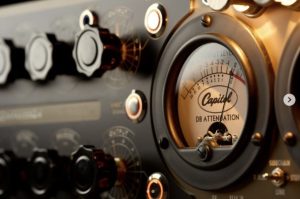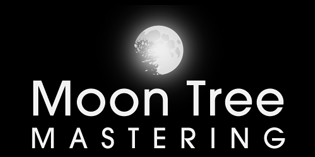
LAB NOTES: 0001
TRANSLATION
The most important thing to get right is your listening environment and your monitoring. If you can’t hear the full frequency spectrum accurately, your results will be inconsistent when it comes to translation.
LAB NOTES: 0002
PERSPECTIVE
Mastering is the last creative step in music production and the first technical step in how music will translate out in the real world regardless of the release format. It’s an opportunity for an unbiased audio professional to listen to the mix in a well tuned environment (for the very first time) and make any changes.
LAB NOTES: 0003
THE GEAR
After several years of getting lost in fancy gear and spending a lot of money, I have come to realize that the only thing that matters is that your clients enjoy working with you and that they can count on you to deliver a great result for them.
That said, it’s important to know what analog gear sounds like and how it behaves as that’s all part of the journey! Once you have enough experience, you can start to explore what certain plugins and emulations of famous analog gear sounds like in the digital domain. In many cases, when you’re working at a sample rate of 96k, those plugins will have all of the same depth, punch, tone, and character as the analog versions, but it just requires a different approach to achieve the same results.
When you’re working with outboard analog gear, you have to incorporate the use of AD/DA converters. That process coupled with the components inside of each piece of gear will often round off transients in a signal causing it to sound more musical. When you’re using plugins exclusively in the digital domain, those plugins will have full bandwidth and will keep all of the transient details in the music. What this means is that you may have to soften the overall top end of the spectrum or perhaps shave off any annoying frequencies that jump out to achieve the same “analog” sound.
Both are valid ways of working, but with the digital approach, you can work much faster, recalls are easy, and you can do things with mid/side processing and targeted spectral compression that are not possible working in the analog domain.
LAB NOTES: 0004
MASTERING TIPS
LESSON #1: GEAR
Acquire a few highly versatile processing tools and learn them inside and out.
LESSON #2: TIME
Don’t spend too much time on any one song. There is a window of 15-30 minutes where the song you’re working on is fresh enough that you can still deliver the outside perspective that’s needed. Anything beyond that and you’re now involved in the project and you will start to lose perspective.
Most mastering engineers charge by the project and not by the hour! Spending more time on a song means that you make less money. There is no correlation in spending more time and getting a better result.
LESSON #3: MASTERING METHOD
When a client sends you a song to master, the mix has already been approved by everyone involved. If you choose to make an EQ move, you’re essentially telling everyone that their tonal choices need to be improved. Given the truth of that statement, you have to be absolutely certain that any move that you make is helping and not hurting the music.
Keep your processing simple and minimal. As a mastering engineer, your role is to listen. You will either love how the mix sounds right off the bat or you will feel the need to make a small tweak here and there almost immediately until the music sounds and feels right to you. Your goal is to coach the song and everyone involved across the finish line.
Be willing to push things in any direction by 2 dB. If the song needs more than that, have a conversation with the client.
